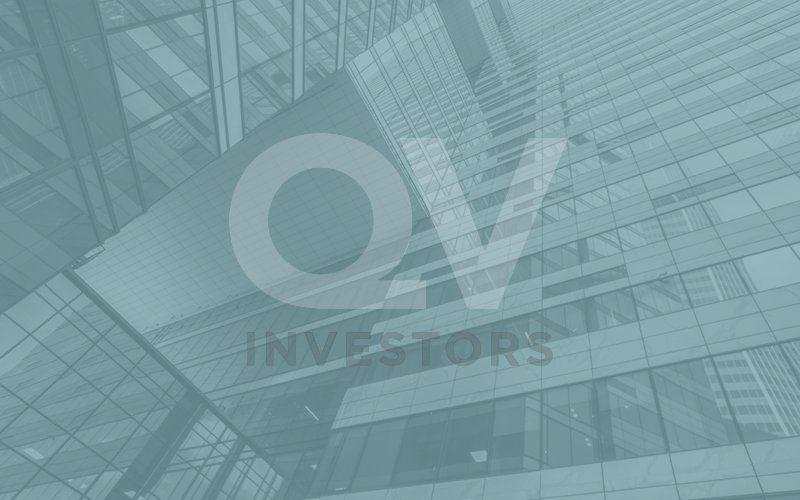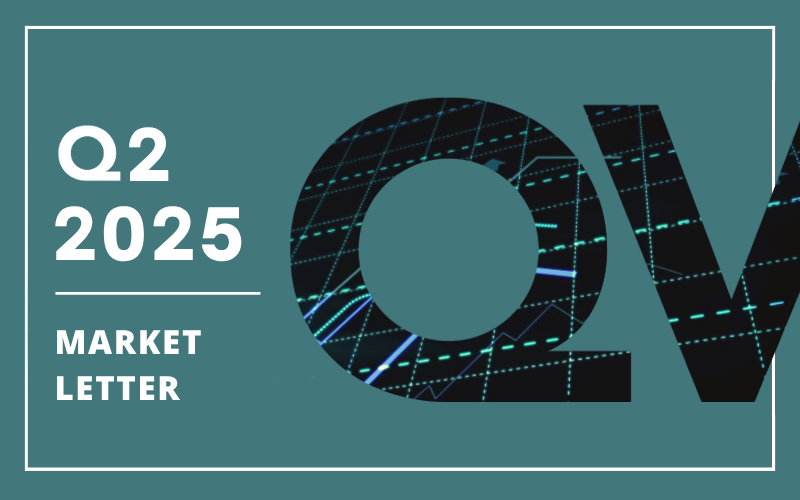In the spirit of the winter holidays, ‘tis the season to reflect on key milestones of the year. It is without question that the recent successful vaccine announcements make that list. But we would be remiss if we forgot to mention the key turning point for markets back on March 23rd, when the Federal Reserve announced its restart of quantitative easing (QE). Only this time, they were not simply buying U.S. treasuries and mortgage-backed securities like they did in QE’s of yesteryear but expanding their scope into corporate bonds and purchasing securities across the credit spectrum.
At the time, this form of QE 2.0 was a game changer for the corporate credit market, which up to then had been painfully illiquid with panic selling leading to severe price dislocations. Access to the capital markets froze and securities trading was choppy at best. Something had to be done to restore market functioning. And so came the Federal Reserve to the rescue with its golden printing press. Days later, the Bank of Canada announced its first foray into QE operations and then also expanded its list of purchases to include corporate bonds a few weeks later. Central banks were committed to restoring market liquidity and assured the market that its available resources were more than sufficient to achieve its objective.
Corporate credit premiums quickly snapped back from their historically wide levels upon these announcements. Recall, wide corporate premiums typically indicate a high level of credit stress, so premiums widen rapidly during recessionary periods. It took a bit of time for the central banks to setup these purchase facilities but eventually the transactions trickled in as promised. The private sector quickly took notice of the large indiscriminate buying and went along for the ride.
Fast forward nine months and we find ourselves in a completely different landscape. Credit premiums have normalized even in corporate sectors that remain fundamentally challenged but have yet to fully return to their pre-pandemic levels. However, those sectors that have demonstrated earnings resiliency have seen their premiums trade down to their valuations from the start of the year, and even lower in some cases.
In fact, corporate bond valuations have narrowed so much that central bank purchases have dramatically slowed for some time now. The Bank of Canada’s corporate bond purchase program (CBPP) has not been an active buyer since June. So it has been the private sector that has done most, if not all, of the heavy lifting thus far. Recently, the Bank of Canada recognized that while market conditions have normalized and are functioning properly, it still intends to keep its CBPP active until next May. Adding to this monetary accommodation is also the unprecedented amount of fiscal support coming out of Ottawa. The most recent federal budget update this week projects a 17.5% deficit to gross domestic product (GDP) in 2020 alone, a magnitude only surpassed by spending on the Second World War. With monetary and fiscal authorities teaming up to safeguard both the economy and the markets, it seems like one would be a killjoy to position against this support. It is a key reason why equity markets have also enjoyed a strong rally since the March announcement, with stock prices broadly trading ahead of their underlying earnings. Indeed, multiple expansion has been a main driver of stock price returns year to date.
All this government largesse has created a new form of moral hazard that is evident across stock and credit markets. We define moral hazard as excessive risk taking after being shielded from the potential adverse consequences that one otherwise would have been exposed to. Now we recognize that we could be too early in highlighting this risk, and likely are. After all, the past decade proved that it does not pay to challenge the feds. But on the other hand, it is typically not advised to throw caution to the wind and abandon all investment discipline. However, my intent is not to argue against the situation. This is the environment we find ourselves in. More importantly, what are we doing about it in our investment strategies?
For starters, as market valuations have richened our investment turnover has naturally slowed. We were most active during the bargain months of March and April. But this does not suggest a lack of opportunities either. Our strategy teams are uncovering attractive franchises to invest in from a bottom up perspective. And some of these purchases are being funded by holdings whose valuations have stretched a bit too far. As well, on a portfolio basis, our strategies exhibit valuation advantages relative to their respective benchmarks, suggesting healthier levels of optimism than the market.
Valuation is only one of our seven investment tests, but it is an important one. Now it must be calibrated appropriately with the quality of the business that we are buying (and selling). Doing so helps detach us from the temptations of moral hazards. This is what disciplined investing is about after all. In the end the objective remains the same: building lasting value for our clients over time regardless of the moral hazards in vogue today. We trust our process will hold true in the long run.




